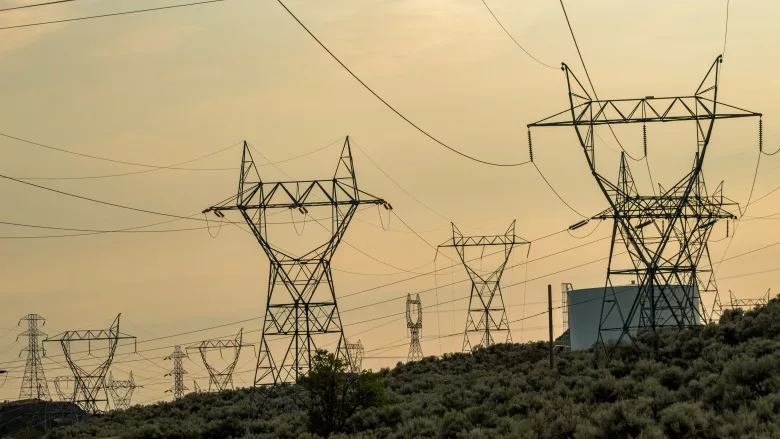Protecting critical infrastructure with radar

Image via Unsplash
Utility organizations, like other critical infrastructure sites, are faced with ever-present challenges to protect their facilities, people and assets. Whether the locations are power generation plants, substations, water treatment facilities or solar farms, utilities must be prepared to protect against a multitude of dangers, including vandalism, equipment theft and the growing threat of domestic terrorism.
A recent spate of attacks in the United States on electrical substations is calling renewed attention to vulnerabilities in critical infrastructure security. In particular, questions are being raised about the protection of these smaller, ancillary facilities, which can be cost-prohibitive and challenging for organizations to fully protect. Depending on the size of the utility organization, these sites can number in the hundreds and are often located in remote areas, far from the main communications infrastructure. This can leave the site vulnerable to copper thieves or vandals who destroy a circuit breaker or transformer, which can require repair and replacement of parts and result in the costly disruption of services to utility customers.
Utilities find traditional security technology cost prohibitive
Fencing and traditional CCTV coverage have long been mainstays for perimeter protection but can quickly become expensive when providing coverage for large installations or significant deployments, such as for substations or cellular tower clusters. These costs are reflected not only in the hardware and related infrastructure but also in installation costs such as trenching, poles, electrical and network wiring.
While cameras outfitted with video analytics can also provide automated detection of a potential intruder or other breaches, it comes at a higher cost. With a limited field of view, many pole-mounted cameras are needed in order to obtain 360-degree perimeter protection. While using analytics can help automate detection and streamline monitoring operations, installation costs for camera-based systems are still high and require regular lens cleaning and maintenance to make sure the analytics are correctly calibrated and optimized for detection.
Radar technology provides cost savings for utilities
The combination of existing technologies such as ground-based radar detection with tech breakthroughs such as Artificial Intelligence has created new solutions. Radar with AI can detect threats in all weather conditions and can also classify the detected threat as local wildlife or a potential intruder.
Because a security breach has both financial and safety consequences, utilities need to protect their facilities to ensure the integrity and availability of essential services. As utilities review their security options, radar is proving time and time again to be a cost-effective and reliable solution that can provide greater perimeter coverage than surveillance cameras alone.
This article originally ran in Security, a twice-monthly security-focused eNewsletter for security end users, brought to you by Security magazine. Subscribe here.
Looking for a reprint of this article?
From high-res PDFs to custom plaques, order your copy today!







